The Sidehill Combine Developed By The Holt Brothers At Stockton, California In 1891, A Significant Milestone In Grain Harvesting And Agricultural Efficiency That Opened New Land For Wheat Farming, Is Designated A Historic Landmark Of Agricultural Engineering By The American Society Of Agricultural Engineers 1982
1891
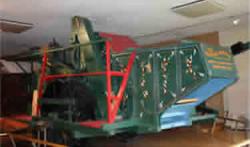
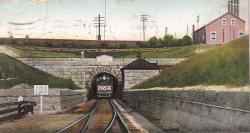
A Day's Pay According to tunnel records, the following pay rates were established for the 600-700 laborers required for this project:
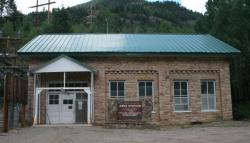
"Electricity produced here in the spring of 1891 was transmitted 2.6 miles over rugged and at times inaccessible terrain to provide power for operating the motor-driven mill at the Gold King Mine. This pioneering demonstration of the practical value of transmitting electrical power was a significant precedent in the United States for much larger plants at Niagara Falls (in 1895) and elsewhere. Electricity at Ames was generated at 3000 volts, 133 Hertz, single-phase AC, by a 100-hp Westinghouse alternator."
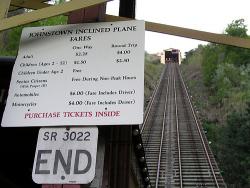
This is one of several, similar inclines built in western Pennsylvania during the late 19th century. It was designed by Samuel Diescher (1839-1915) after the great flood of 1889, to provide an efficient means of transportation between Westmont and the Conemaugh Valley. (See also the Monogahela and Duquesne Inclines in Pittsburgh.)
This machine, which began operation on December 15, 1891, for the New York Edison Illuminating Company, represents the beginning of large-scale electric power generation in the United States. The generator was designed by chief engineer John Van Vleck, David Joy (known in England for his valve gear), and S. F. Prest.
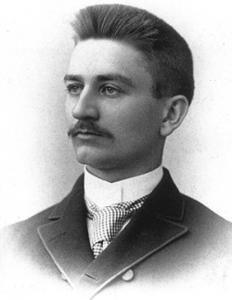
On January 4, 1891, Herbert H. Dow succeeded in producing bromine electrolytically from central Michigan’s rich brine resources. In the years that followed, this and other processes developed by Dow and the company he founded led to an increasing stream of chemicals from brines. The commercial success of these endeavors helped to promote the growth of the American chemical industry.
The plaque commemorating the event reads:
Innovations

On January 4, 1891, Herbert H. Dow succeeded in producing bromine electrolytically from central Michigan’s rich brine resources. In the years that followed, this and other processes developed by Dow and the company he founded led to an increasing stream of chemicals from brines. The commercial…
Read MoreThis machine, which began operation on December 15, 1891, for the New York Edison Illuminating Company, represents the beginning of large-scale electric power generation in the United States. The generator was designed by chief engineer John Van Vleck, David Joy (known in England for his valve…
Read More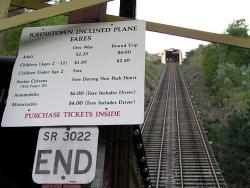
This is one of several, similar inclines built in western Pennsylvania during the late 19th century. It was designed by Samuel Diescher (1839-1915) after the great flood of 1889, to provide an efficient means of transportation between Westmont and the Conemaugh Valley. (See also the Monogahela…
Read More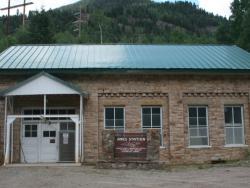
Read More"Electricity produced here in the spring of 1891 was transmitted 2.6 miles over rugged and at times inaccessible terrain to provide power for operating the motor-driven mill at the Gold King Mine. This pioneering demonstration of the practical value of transmitting electrical power…
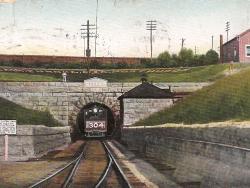
A Day's Pay According to tunnel records, the following pay rates were established for the 600-700 laborers required for this project:
- 17.5 cents per hour for diggers
- 15 cents per hour for erectors
- 12.5 cents per hour for others
- One additional dollar…
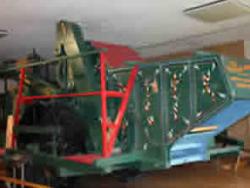
The Sidehill Combine Developed By The Holt Brothers At Stockton, California In 1891, A Significant Milestone In Grain Harvesting And Agricultural Efficiency That Opened New Land For Wheat Farming, Is Designated A Historic Landmark Of Agricultural Engineering By The American Society Of…
Read More

